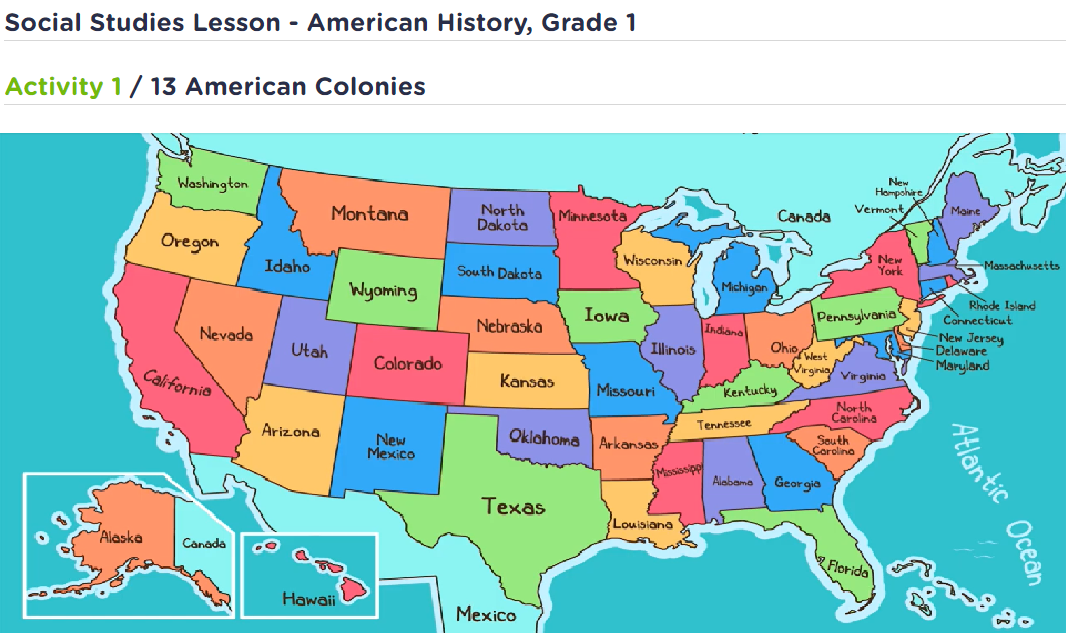Story sequencing Normal Worksheets
19 filtered results
-
From - To
Welcome to our Story Sequencing Normal Worksheets page, designed to enhance your child’s comprehension and narrative skills! These engaging worksheets encourage young learners to arrange events in the correct order, aiding in their understanding of sequencing and story structure. Perfect for early grade students, the activities promote critical thinking and improve reading fluency. With vibrant illustrations and easy-to-follow tasks, children will enjoy connecting the dots between characters and events. Our worksheets are perfect for classroom use or at-home practice. Download our printable resources today to make storytelling fun and interactive while boosting essential literacy skills!
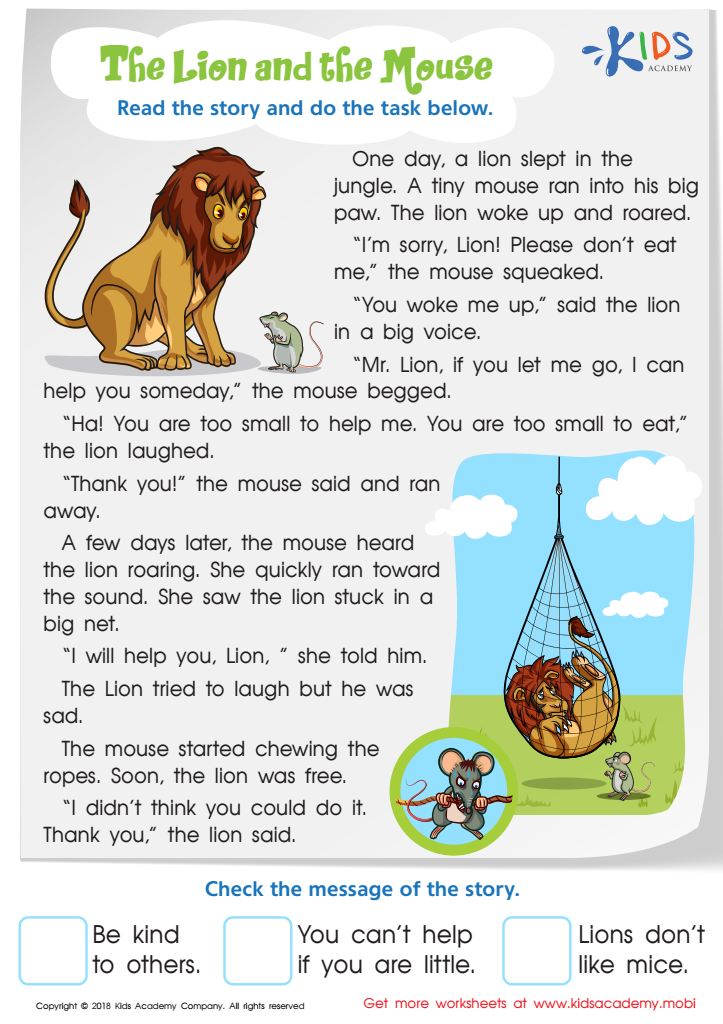

The Lion and the Mouse Worksheet


“The Princess and the Pea” and “Cinderella” Worksheet


Robin Hood Folktale Worksheet
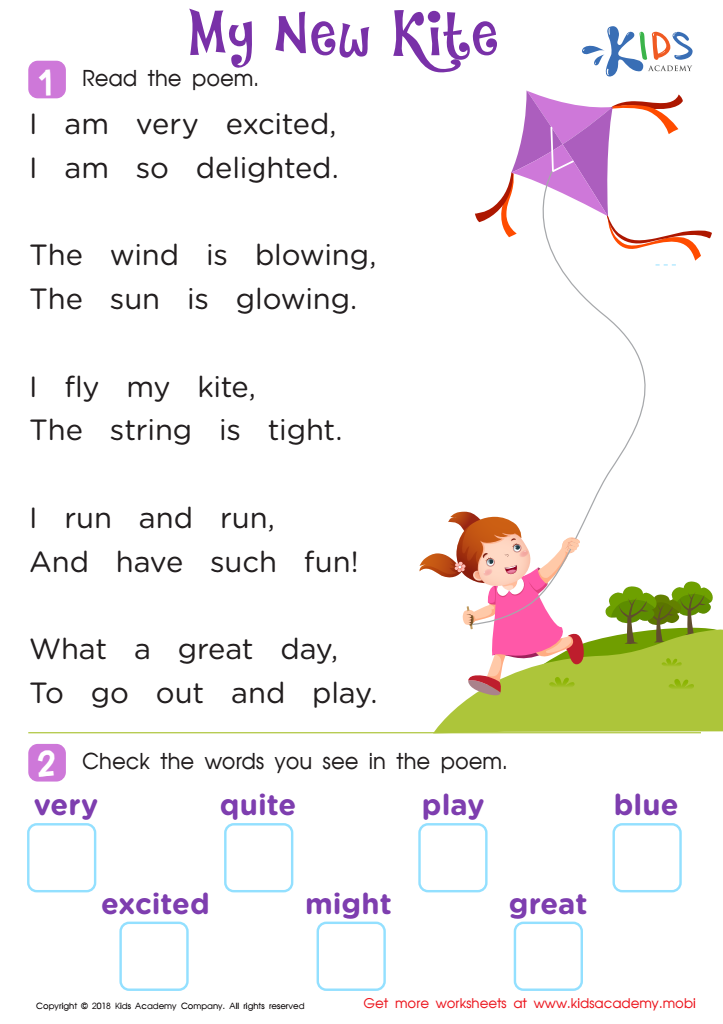

Poem: My New Kite Worksheet
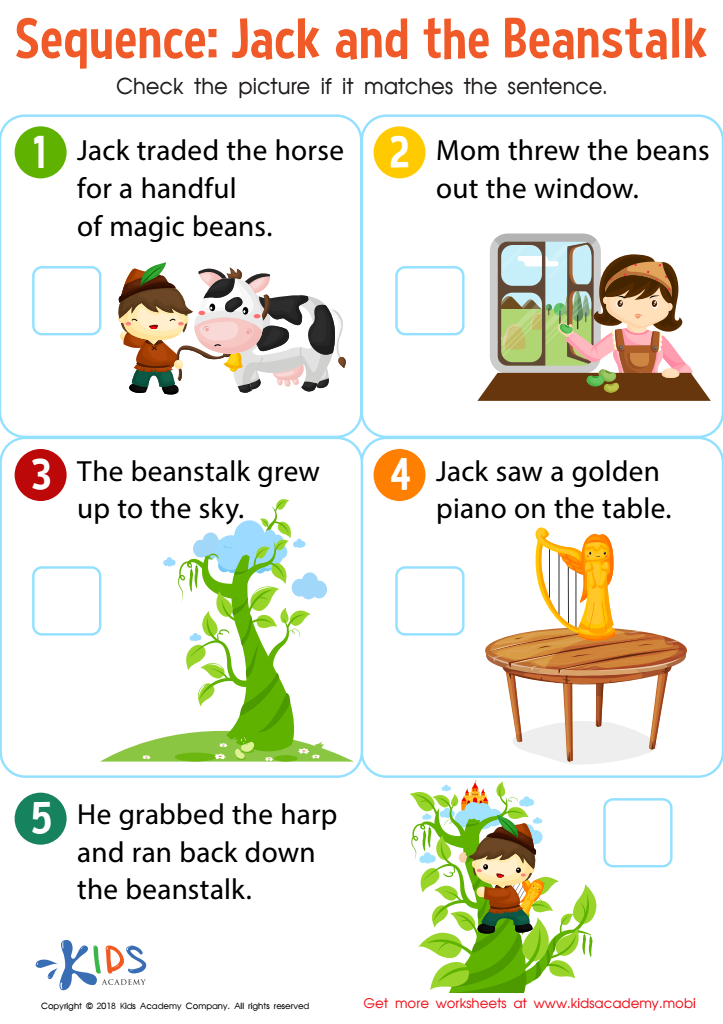

Sequence: Jack and The Beanstalk Worksheet
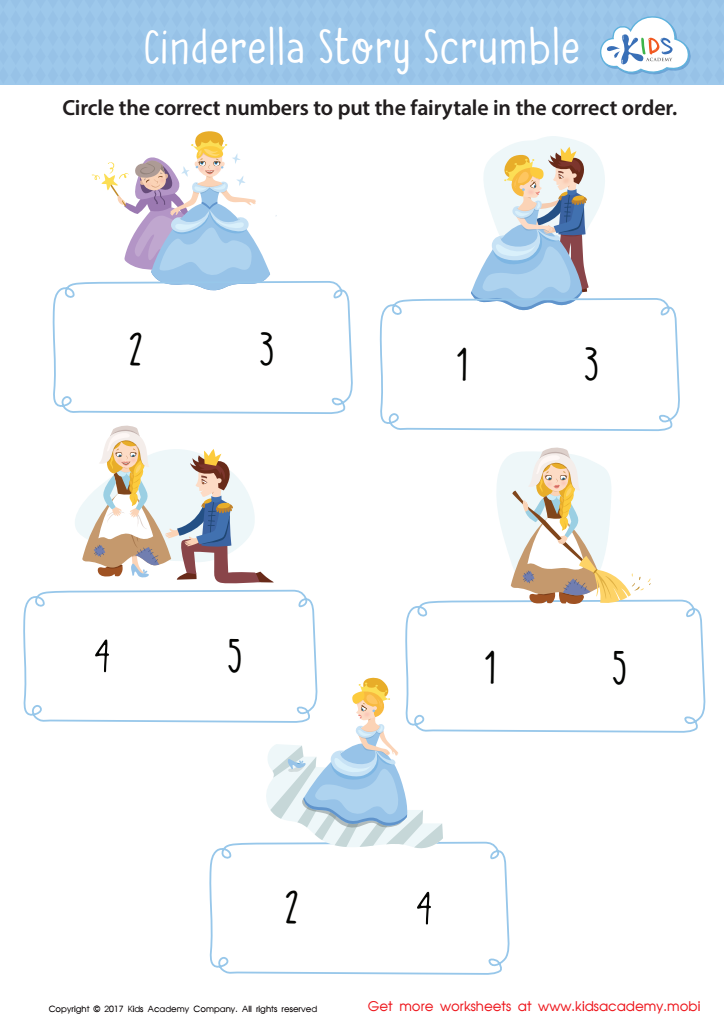

Cinderella Story Sequencing Worksheet
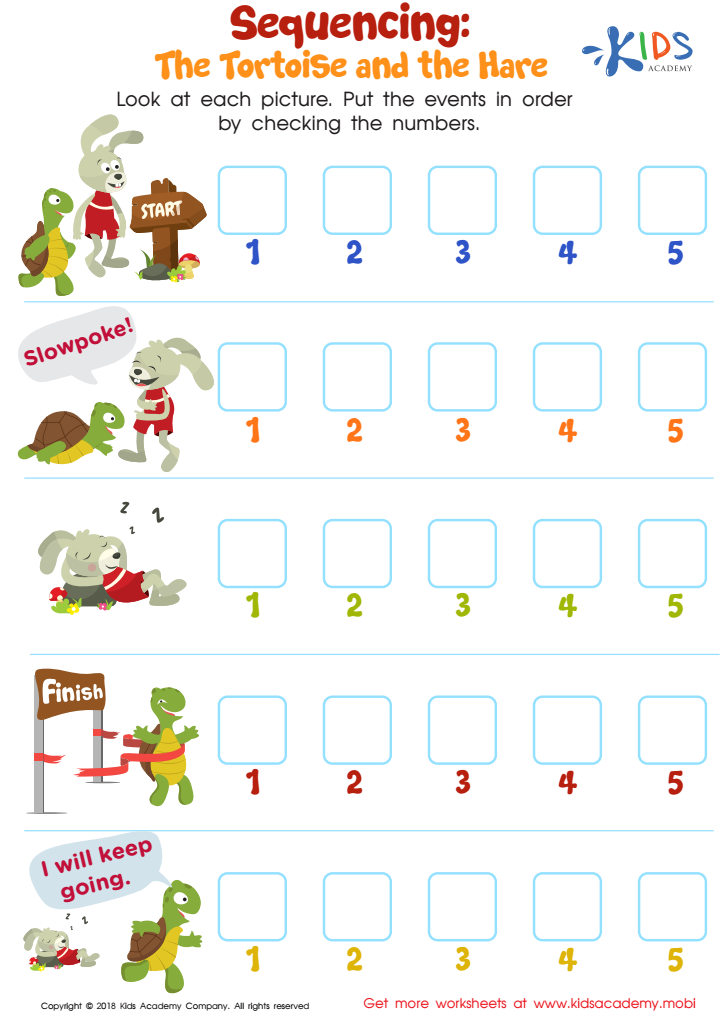

Sequencing: The Tortoise and the Hare Worksheet
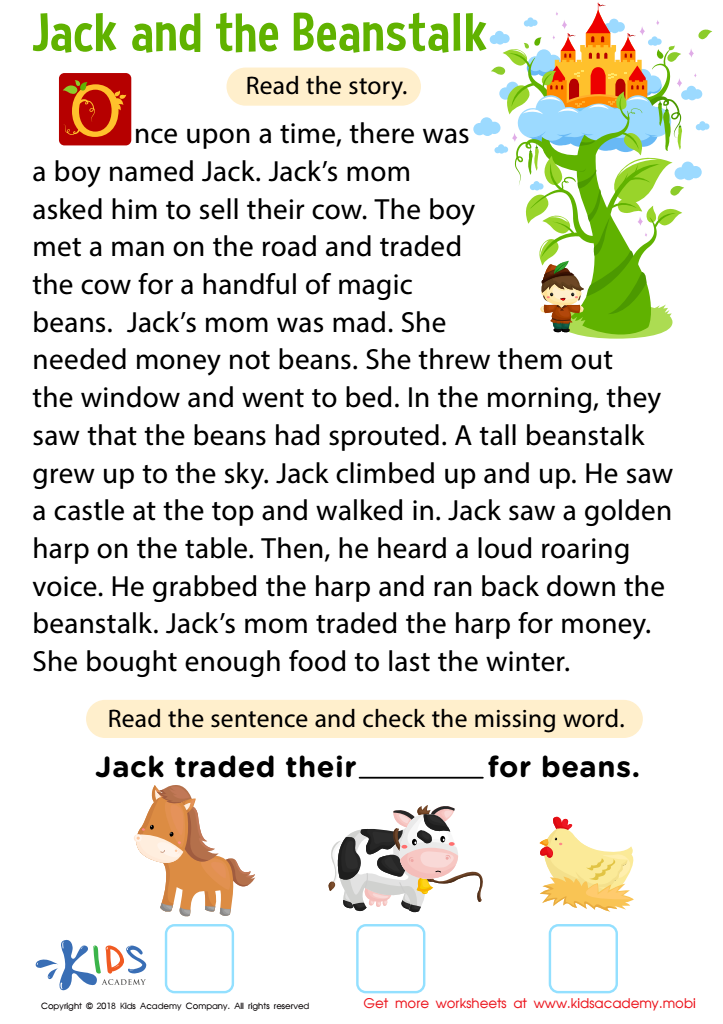

Jack and Beanstalk Worksheet
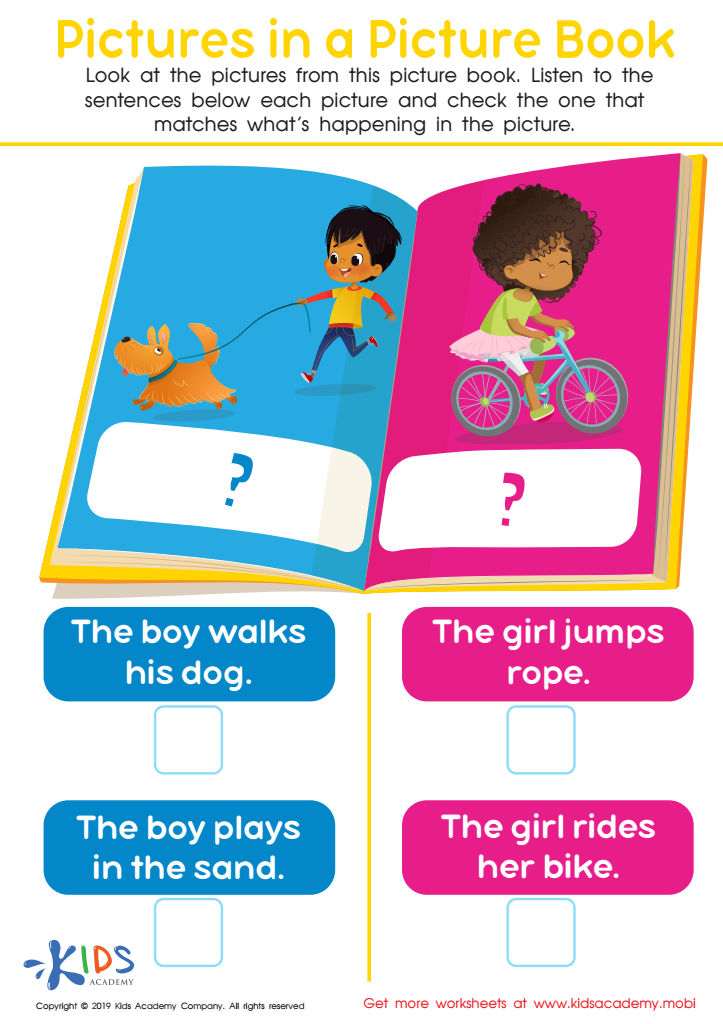

Picture in Books Worksheet
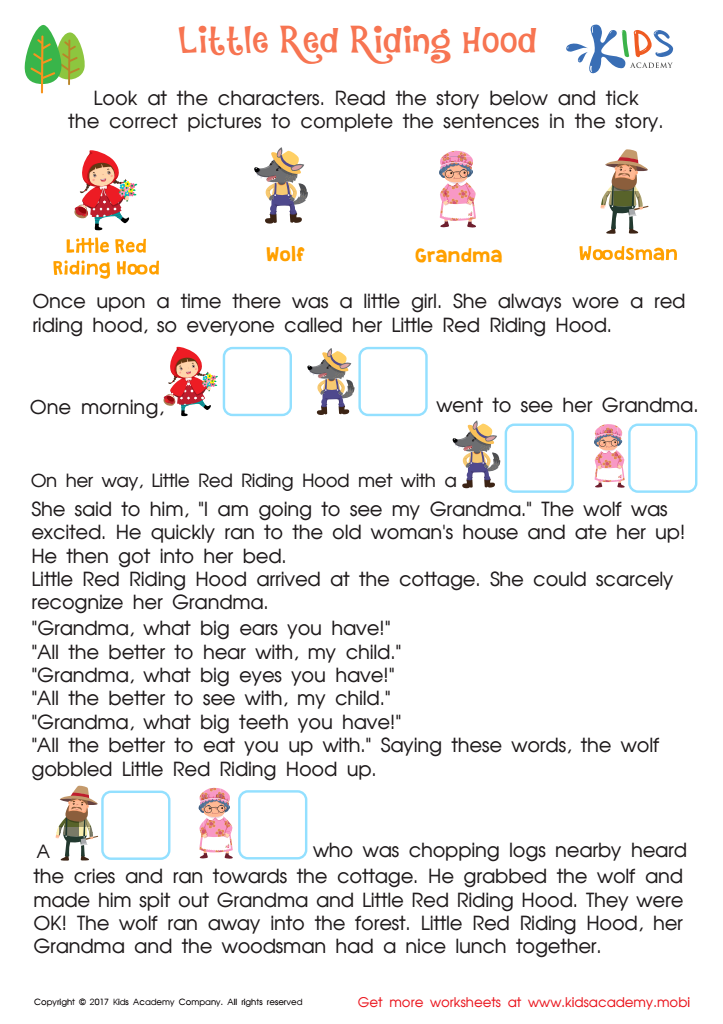

Little Red Riding Hood Printable


Cinderella: Beginning, Middle and End Worksheet
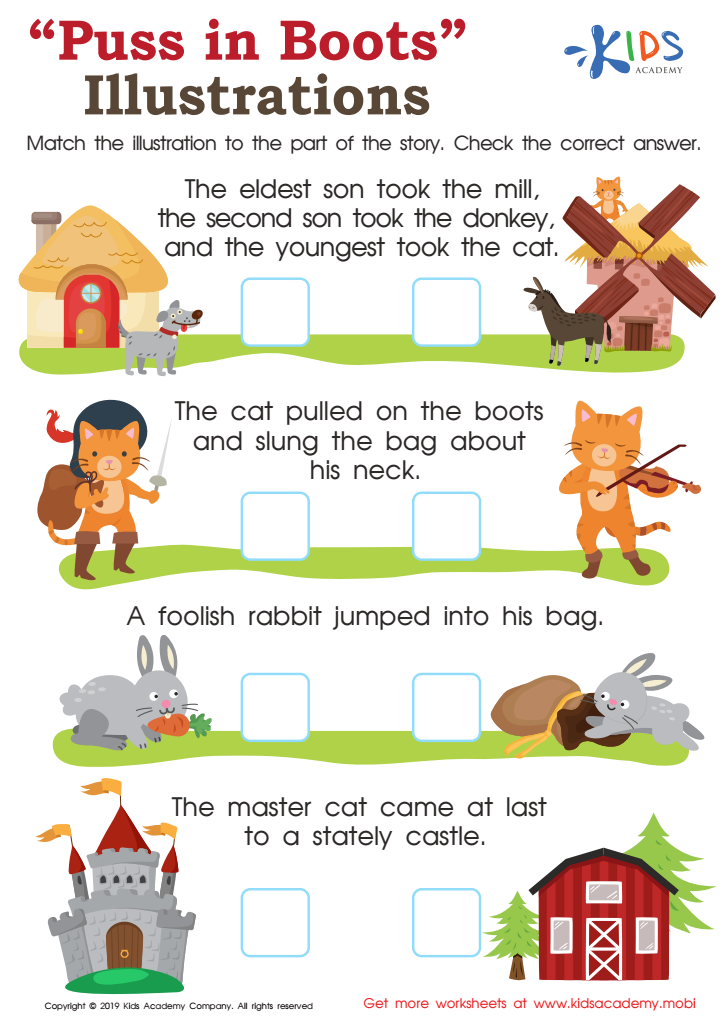

Puss in Boots Illustrations Worksheet
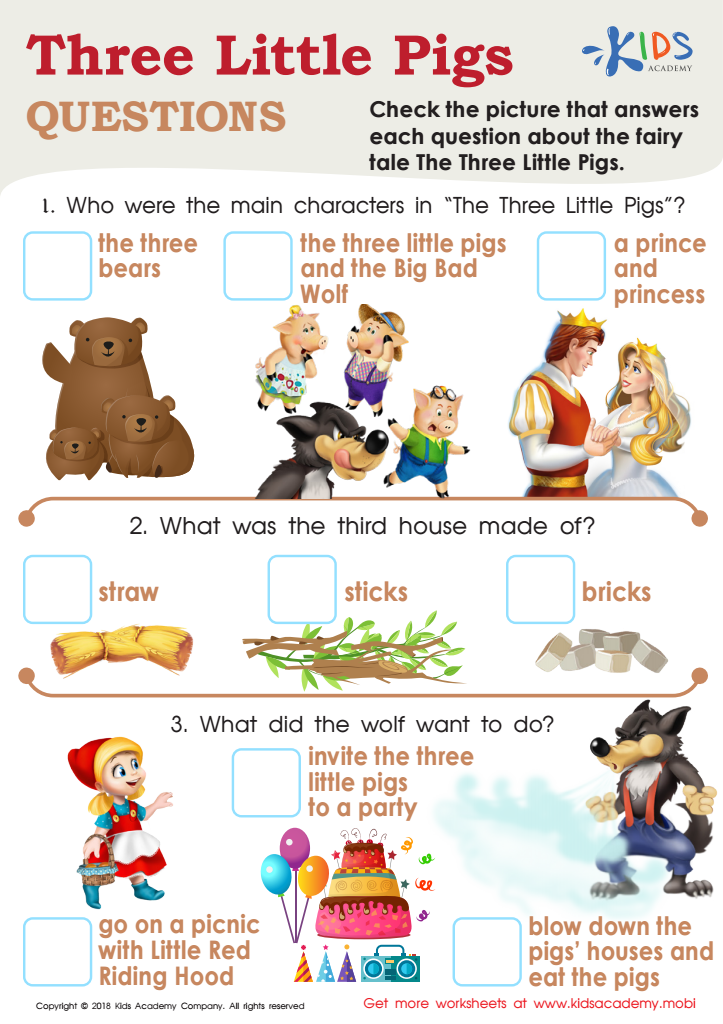

Three Little Pigs Questions Worksheet
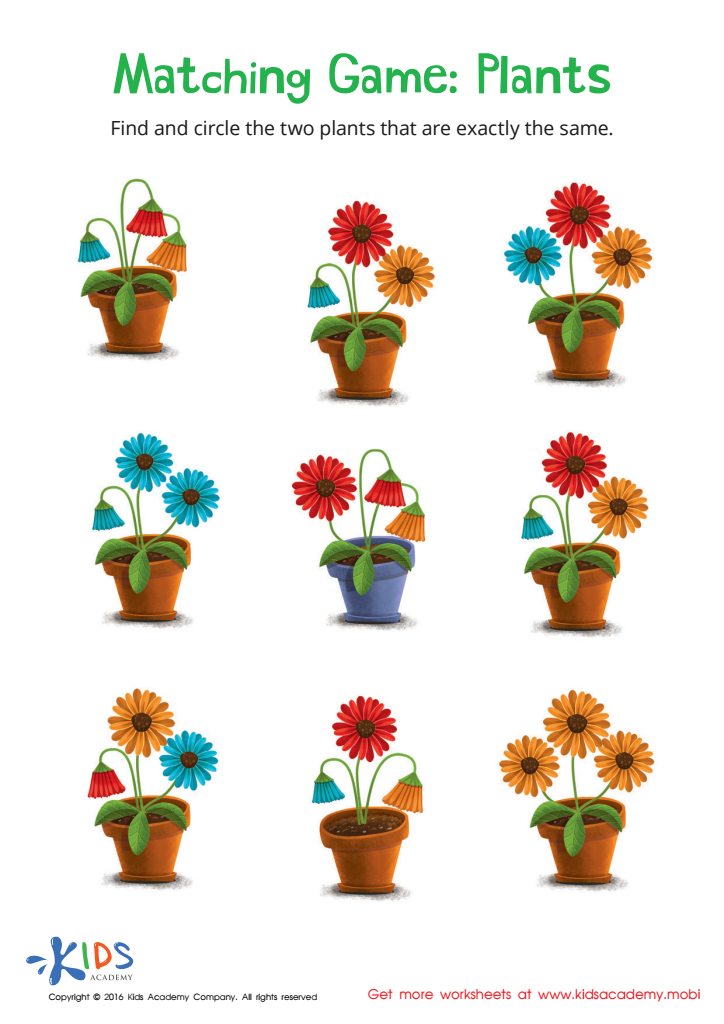

Matching: Plants Worksheet
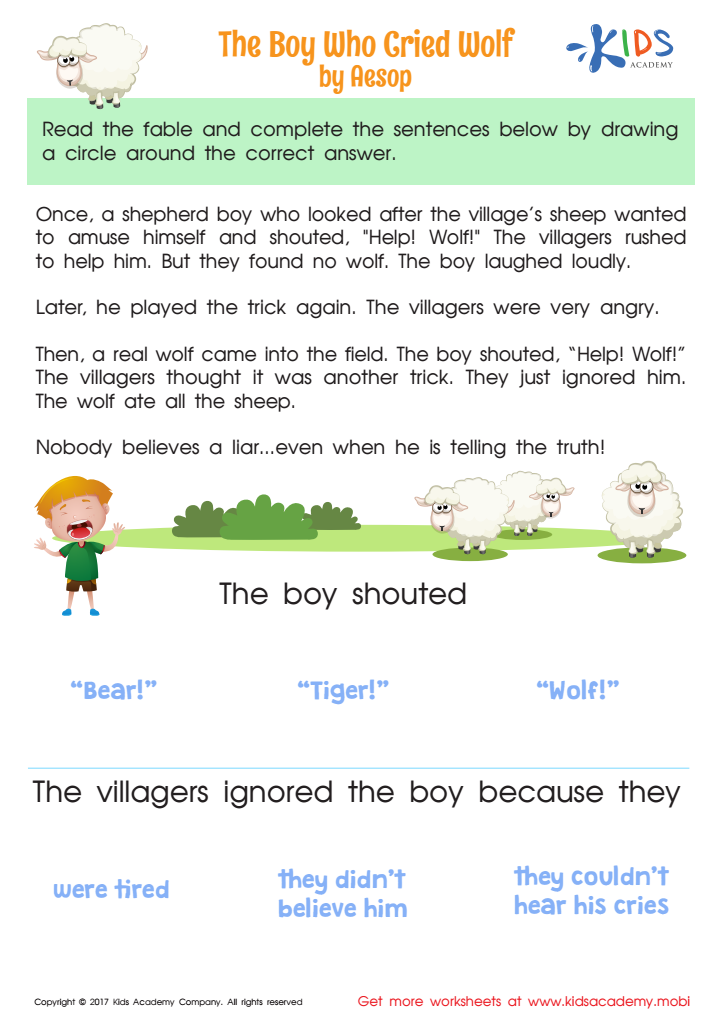

The Boy Who Cried Wolf Worksheet
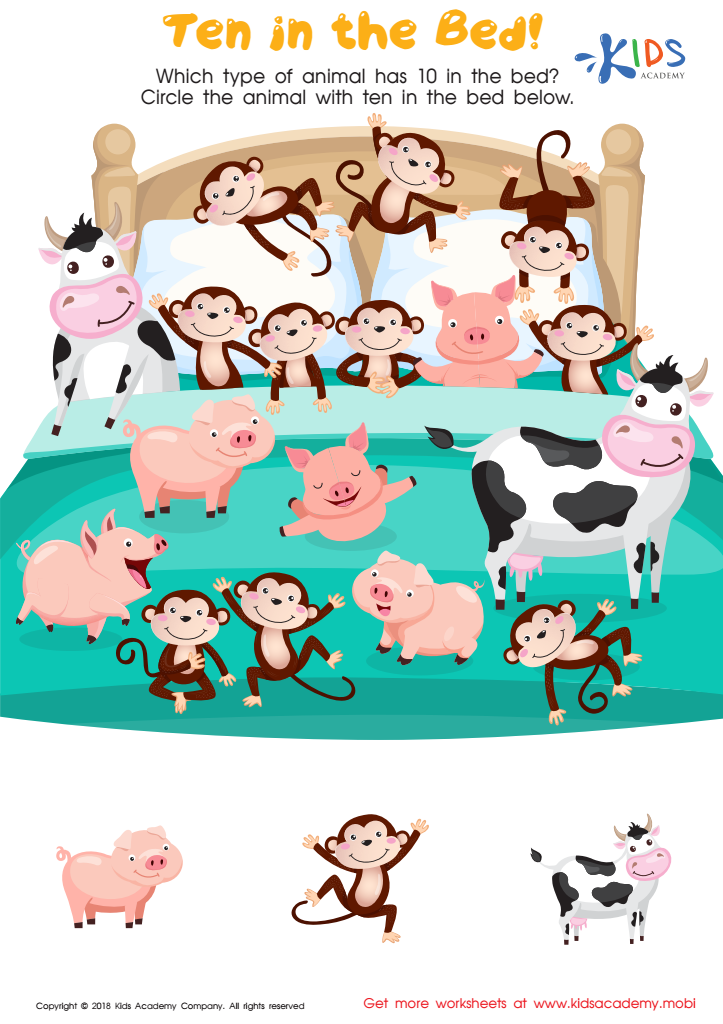

Ten in the Bed Worksheet
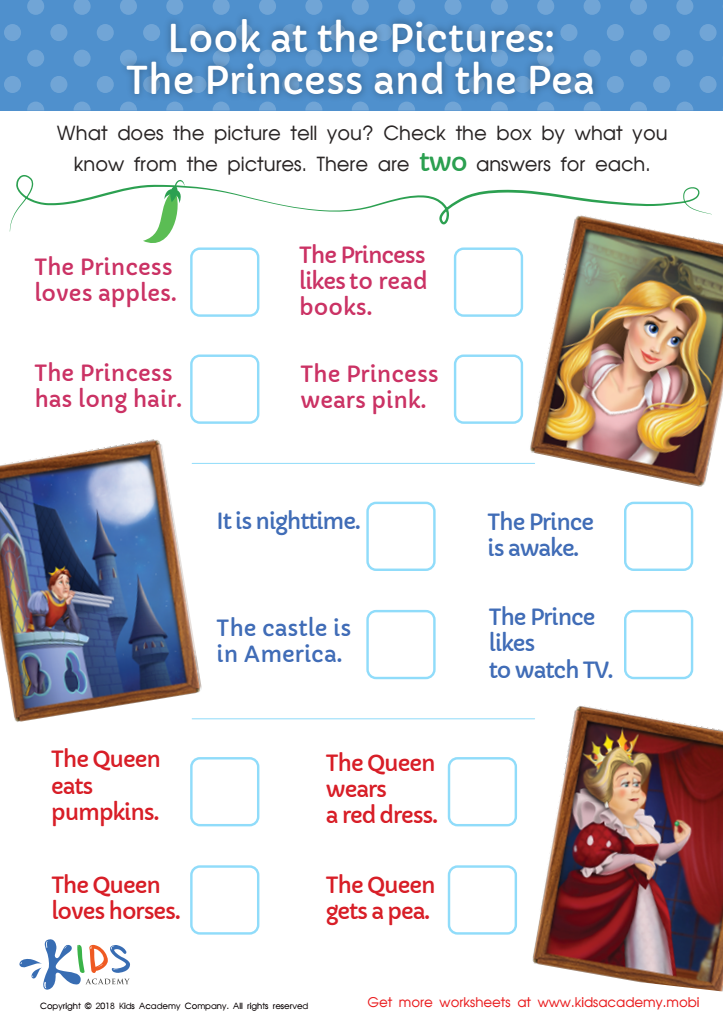

Look at the Pictures: The Princess and the Pea Worksheet
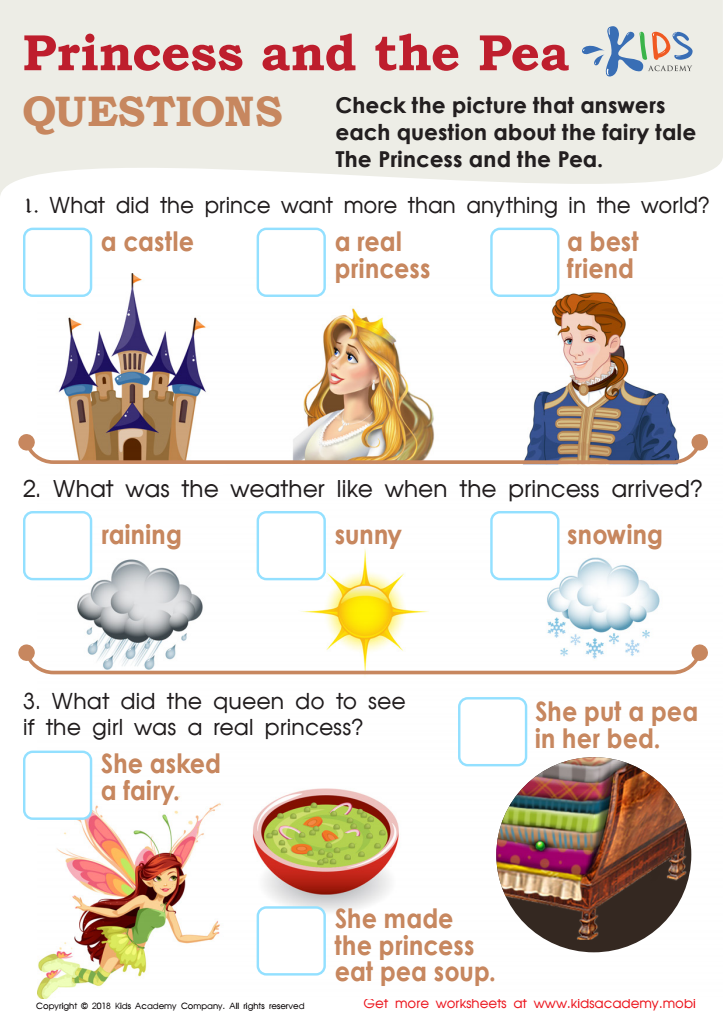

Princess and the Pea Questions Worksheet


The Boy Who Cried Wolf Part 2 Worksheet
Story sequencing is a critical skill in early childhood education that promotes comprehension and cognitive development. When children engage in story sequencing activities, they learn to identify the order of events, understand narrative structures, and make connections between cause and effect. This skill not only enhances their reading comprehension but also strengthens their ability to retell stories in a cohesive and logical manner.
For teachers, integrating story sequencing into lessons offers an opportunity to assess students’ understanding of narratives and their ability to organize information. It equips them with essential tools for critical thinking, enabling kids to analyze plots and character motivations.
Parents too should prioritize story sequencing at home, as it encourages active engagement with reading. Activities like using picture cards or storytelling can strengthen family bonds while fostering a love for literature. When children recount stories or describe day-to-day events in a sequenced manner, they build communication skills, improve vocabulary, and boost creativity.
In today's fast-paced world, equipping children with the narrative skills gained through story sequencing prepares them for future academic challenges and everyday interactions, making it a vital focus for both parents and educators.
 Assign to My Students
Assign to My Students






